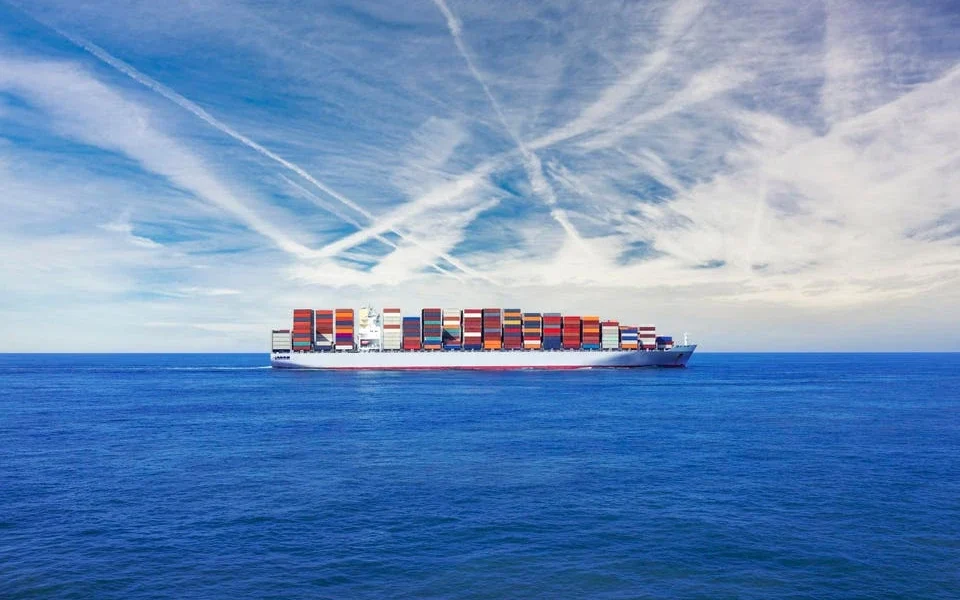The Future of Energy in Shipping: Beyond Electrification
As we transition to greener Energy sources across various sectors, the shipping industry faces a unique challenge in adapting to alternative Energy carriers due to the nature of its operations. While the electrification of Transportation has made significant strides, the large-scale shipping of goods presents complexities that extend beyond the direct use of electrons. Therefore, it’s essential to explore the various Energy carriers that will play a pivotal role in the decarbonization of the shipping industry.
Biodiesel: A Current Staple
Among the existing alternatives, biodiesel emerges as a key player, with millions of tons already being utilized in ships on a global scale. This environmentally friendly fuel has already gained significant traction within the shipping industry, addressing the immediate need for greener Energy sources.
Green Methanol and Ammonia
The focus on green methanol and ammonia presents promising avenues for sustainable Energy in shipping. With annual production volumes ranging from 150 to 170 million tons, these Energy carriers already represent viable options, with A.P. Moller Maersk showcasing a strong commitment to green methanol as a strategic choice.
The Potential of Liquid Hydrogen
Although liquid hydrogen is being considered primarily by bulk carrier firms for international shipping, its adoption within the broader shipping industry remains limited. While major Transportation think tanks view it as a serious contender, its practical application may be constrained by several factors.
The Resurgence of Wind Energy
While traditional sail-powered shipping has largely faded into the past, there has been a rekindled interest in harnessing wind Energy for modern ships. Innovations such as fabric parafoils and rigid sails are being explored as potential solutions to reduce fuel consumption and environmental impact.
Challenges and Realities of Wind-Powered Shipping
Despite the romanticism associated with sail-powered ships, practical considerations such as vessel height, container stacking, bridge clearances, and port infrastructure present significant challenges for the widespread adoption of wind Energy in shipping.
Modern Approaches to Wind-Powered Shipping
The integration of parafoils and rigid sails on ships has demonstrated some potential in optimizing fuel consumption for specific routes. However, various technical and operational constraints need to be addressed to ensure their practical viability.
The Limitations of Wind Energy
While wind Energy offers a certain allure, its application in decarbonizing maritime Transportation is constrained by operational complexities and existing infrastructural limitations. The potential contribution of wind power in reducing global shipping fuel consumption is likely to be modest in light of these constraints.
The Realistic Role of Wind Energy in Maritime Decarbonization
Considering the extensive operational and infrastructural considerations, wind Energy, while captivating in concept, is projected to have a limited impact on maritime decarbonization initiatives. Rather, it is the Other Energy carriers that are likely to drive significant progress in the industry‘s Sustainability efforts.
Conclusion
While the allure of wind-powered shipping evokes a sense of nostalgia and environmental appeal, the practical challenges and limitations associated with its widespread implementation highlight the need for a comprehensive approach to Energy carriers in maritime Transportation. As the industry continues to navigate the transition towards sustainable practices, it is imperative to explore and leverage diverse Energy sources to drive meaningful change.
Source: forbes








No Comments